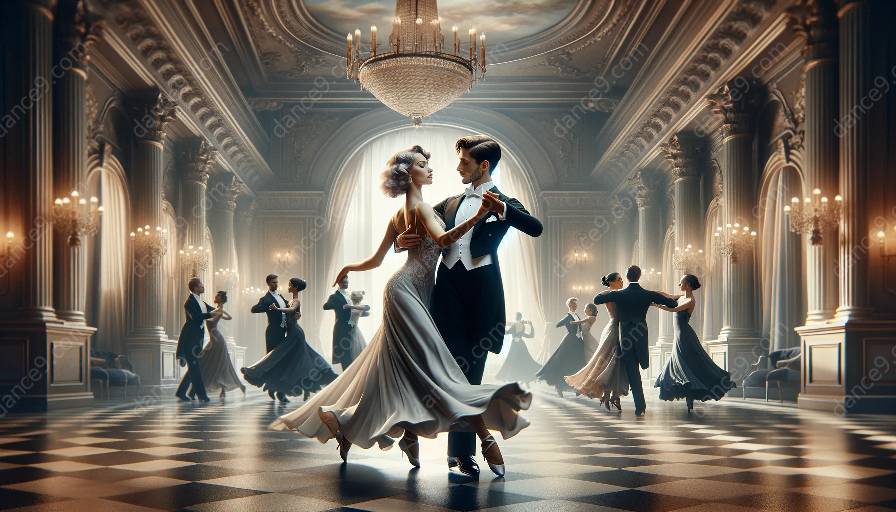The waltz, a graceful and elegant dance form with a rich history, has undergone adaptations for modern interpretations and performances. This article delves into the evolution of the waltz and explores how it can be incorporated into contemporary dance classes.
Evolution of Waltz
The waltz originated in the late 18th century in Austria and Bavaria. It was initially considered scandalous due to its close contact between dancers and its faster pace compared to other dance forms of the time. However, over the years, the waltz gained popularity and evolved into various styles, including the Viennese waltz and the slow waltz.
In the 20th century, the waltz continued to evolve, incorporating elements of jazz, ballet, and modern dance, leading to the emergence of contemporary waltz styles. These adaptations have allowed the waltz to remain relevant in the ever-changing landscape of dance.
Modern Interpretations and Performances
Today, the waltz has found its place in modern interpretations and performances across the globe. Choreographers and dancers have reimagined the traditional waltz, infusing it with innovative movements, music, and choreography. The incorporation of diverse dance techniques has added a contemporary flair to the waltz, making it appealing to audiences of all ages.
Furthermore, technological advancements have enabled the integration of multimedia elements, such as projections and interactive lighting, into waltz performances, creating immersive experiences for spectators. These modern adaptations have expanded the possibilities for waltz performances, pushing the boundaries of creativity and artistic expression.
Integration into Dance Classes
As the waltz continues to evolve, dance educators have recognized its value in dance curriculums. Many dance classes now include waltz training, offering students the opportunity to learn and master this timeless dance form. Instructors often blend traditional waltz techniques with contemporary movements, providing students with a well-rounded dance education.
Moreover, the adaptability of the waltz allows for cross-genre exploration, where elements of other dance styles, such as hip-hop and Latin dance, are seamlessly integrated into waltz routines. This fusion of dance forms not only enhances the creativity of dancers but also fosters an appreciation for diverse dance traditions.
Conclusion
The adaptation of waltz for modern interpretations and performances has breathed new life into this classic dance form. Its evolution reflects the dynamic nature of dance, showcasing its ability to transcend time and captivate audiences across generations. By embracing the essence of the waltz and infusing it with contemporary influences, dancers are able to create compelling performances that honor tradition while embracing innovation.













































































